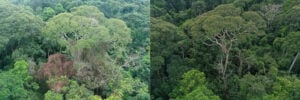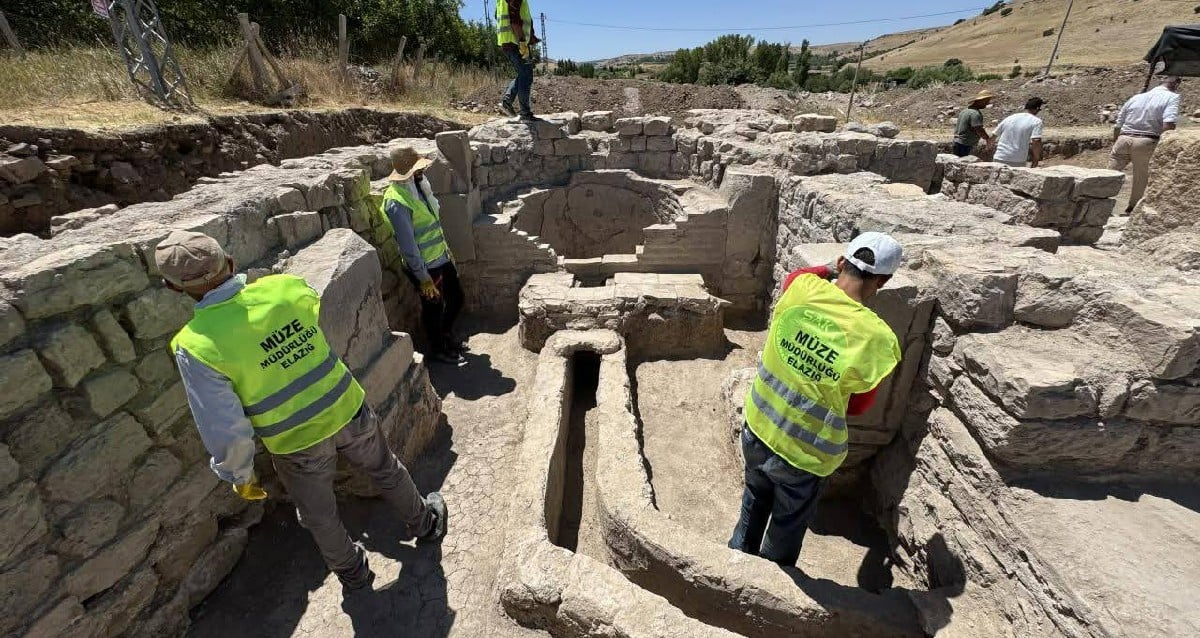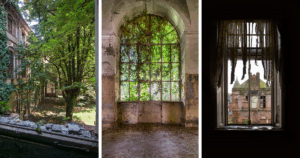“Unraveling Nature’s Shocking Strategy: How a Tropical Tree in Panama Harnesses Lightning to Claim Its Territory”
“Over those 40 years, there’s a quantifiable, detectable hazard of living next to D. oleifera. [As a tree], you are substantially more likely to die than living next to any other big old large tree in that forest,” Gora explained.
As a result, the tree species was found to be roughly 13 feet taller than surrounding trees, giving it a natural advantage in competing for resources like sunlight. However, this height difference also makes the species more likely to attract lightning strikes, creating a cycle that marks D. oleifera as the most adaptable and resilient tree in the region.
Because of its special skill, D. oleifera is more likely to reproduce and live to an older age.
“These data provide the first evidence that some trees benefit from being struck by lightning,” the researchers wrote in the study. As Gora explained, “It’s better off for a Dipteryx oleifera tree to be struck than not.”
Research is ongoing to determine what structural traits the tree possesses that have impacts on its ability to withstand lightning strikes. So far, researchers have hypothesized that D. oleifera has high internal conductivity.
Additionally, the team has expanded its focus beyond Panama, targeting trees in regions like Africa and Southeast Asia. As lightning strikes grow more frequent, understanding how to bolster the resilience of trees worldwide is becoming increasingly crucial.
After reading about the lightning-resistant Dipteryx oleifera, go inside the story of the Methuselah tree, the oldest tree in the world. Then, read about the manchineel tree, or the “Tree of Death.”












